Sculpting Arabic mathematical formulas in Tunisia 🇹🇳
Where: Sidi Bou Saïd, Tunisia 🇹🇳 (near Carthage)
As I was about to leave the flower nursery, Mahmoud encouraged me to follow him to show me something.
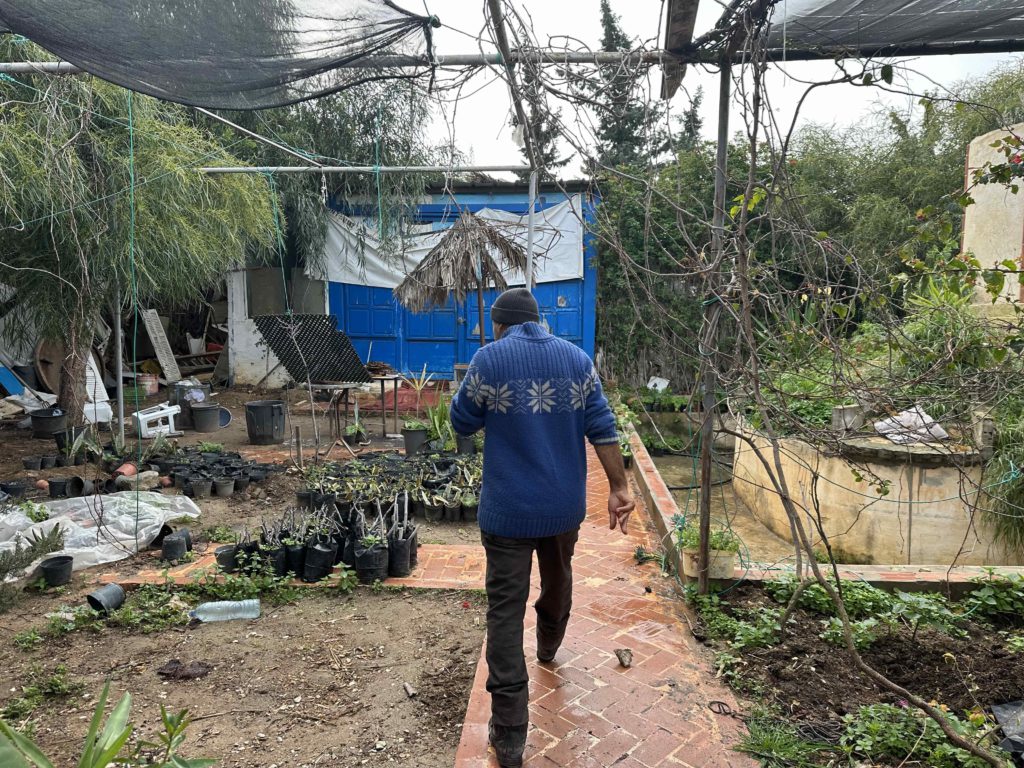
When we got to the only building structure—which was comprised of one single room containing supplies, detritus, a mattress and an unplugged stove—Mahmoud bent over and began scraping away dirt and mud from where we stood. And what once looked innocuous, perhaps even unnoticeable, was an assortment of slabs of stone, embedded with Arabic engravings, almost all partially submerged into the ground.
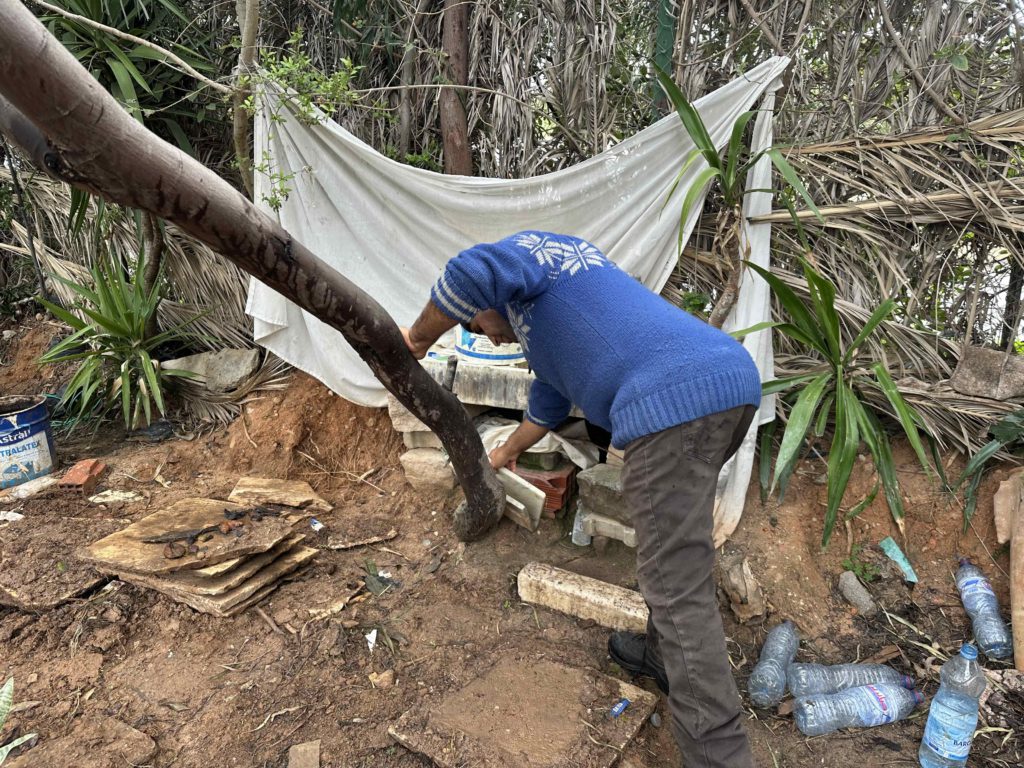
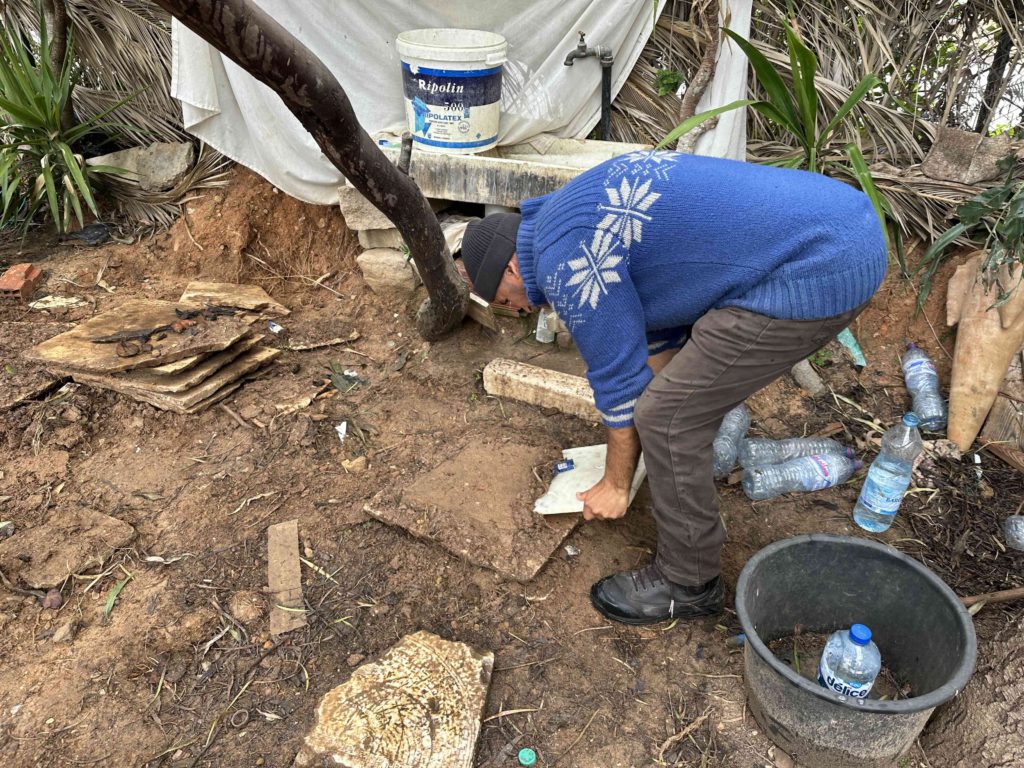
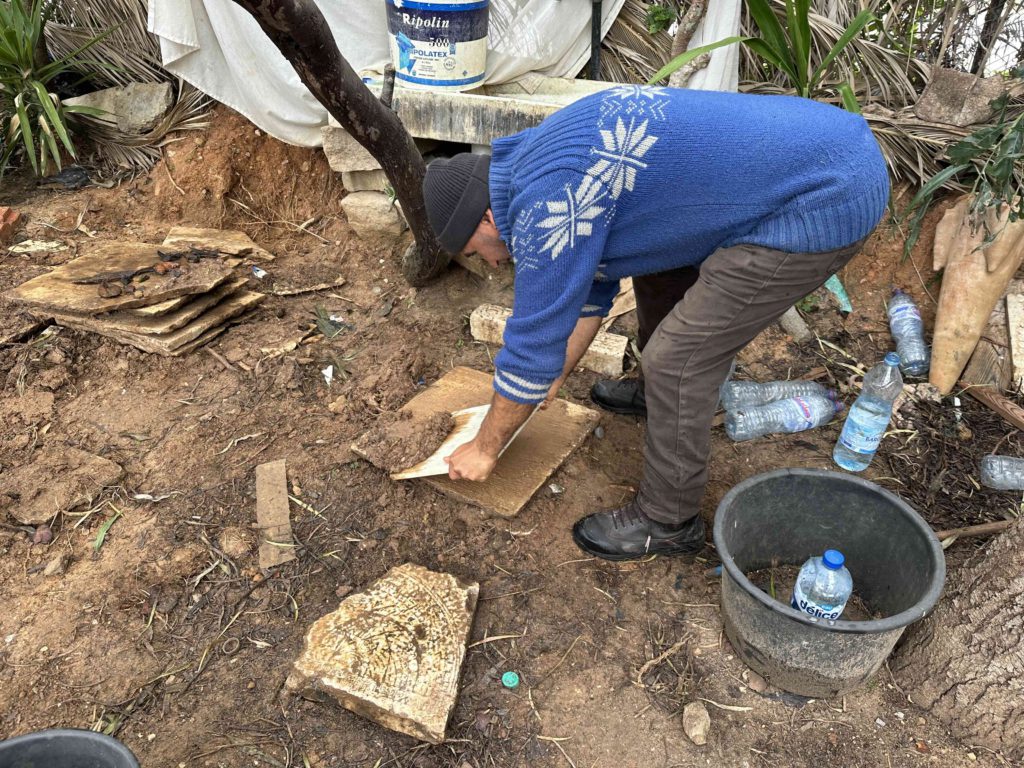
Mahmoud unearthing stones engraved with Arabic mathematical formulas and other calligraphy that he created.
“Calligraphy,” Mahmoud said as he unearthed the pieces. Several minutes went by as he scraped with his hands, used objects that laid within reach, and watered the pieces with a hose to put them on display for me.
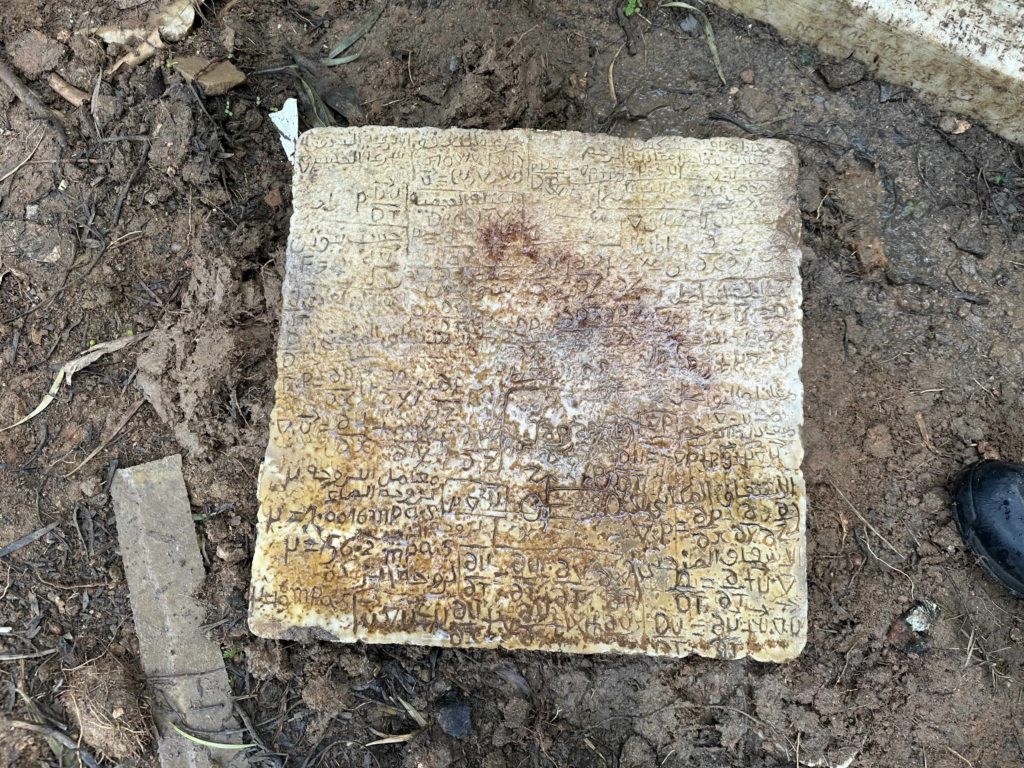
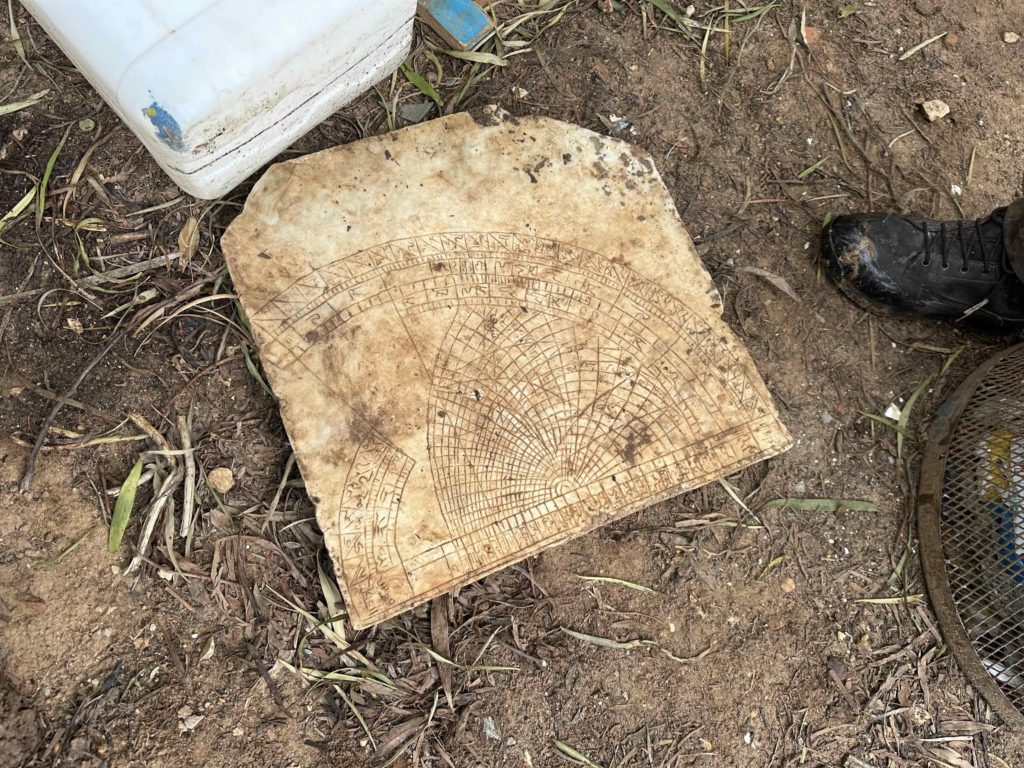
As it turned out Mahmoud Cherif was a sculptor. He was interested in documenting ancient Arabic math: Mathematical formulas, sun dials that produce time, etc. And he would apply pomegranate fruit to the pieces to give them the appearance of having been created in an era long ago.
I needed to learn more.
A return visit with a friend
That afternoon I returned with Tunisian friend (and third contributor to join the Ithaca Bound Languages project) Samar Henteti.
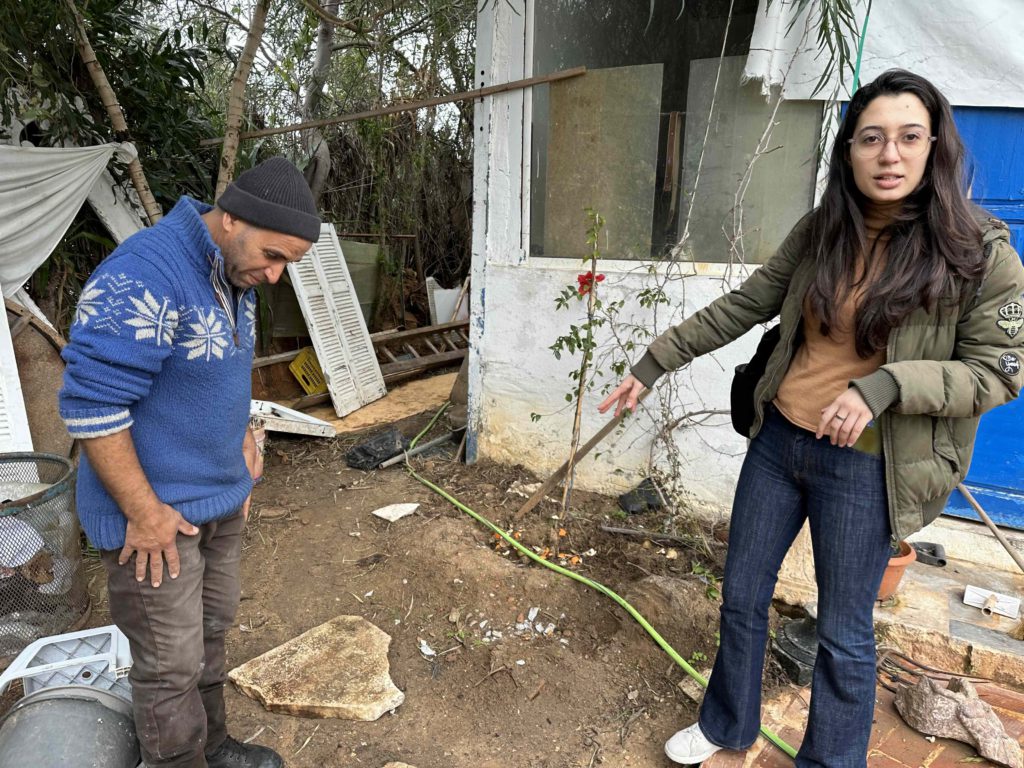
Friend Samar Henteti translating Mahmoud and explaining to me more of his work as she learned more.
“Sometimes some pieces of art take more than a year,” Samar said to me, translating Mahmoud, who was speaking Tunisian Arabic.
“He learned by himself,” She went on. “He used normal marbles and colours them to give them the effect that they are old.”
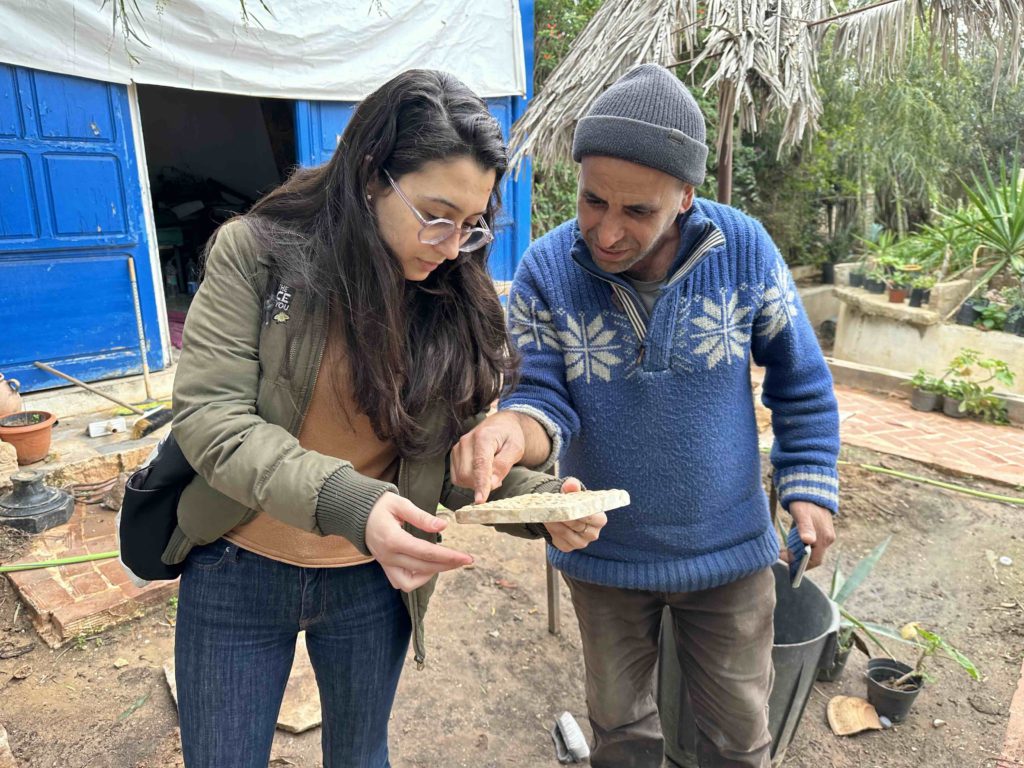
Mahmoud Cherif explaining to Samar the composition of one of the sculpted marbles he created.
Samar continued to translate Mahmoud, “He has a certificate that he works on these so that he’s not bothered [by the government] anymore.”
Mahmoud told a story about how authorities once confiscated a previous collection of his engraved stones out of suspicion that they could actually be artifacts. He said was able to prove successfully in court that the collection wasn’t ancient artifacts, but in fact, ones he created. But he dropped the proceeding further, forfeiting that collection, because of unknown answers about the providence of the stones that were used.
Now in the present, he operates with an official certificate to verify that what he is doing is his own work. And he sources the marble that he uses from leftovers from local home construction projects.
During this second visit he gave us a tour of the nursery. He has rented the land for five years from the local municipality. In the last five years he has had 300 truckloads of dirt delivered to the grounds to build the nursery up to where it is today. Samar translated more, “He takes care of all of these plants so that he can work on his art.”
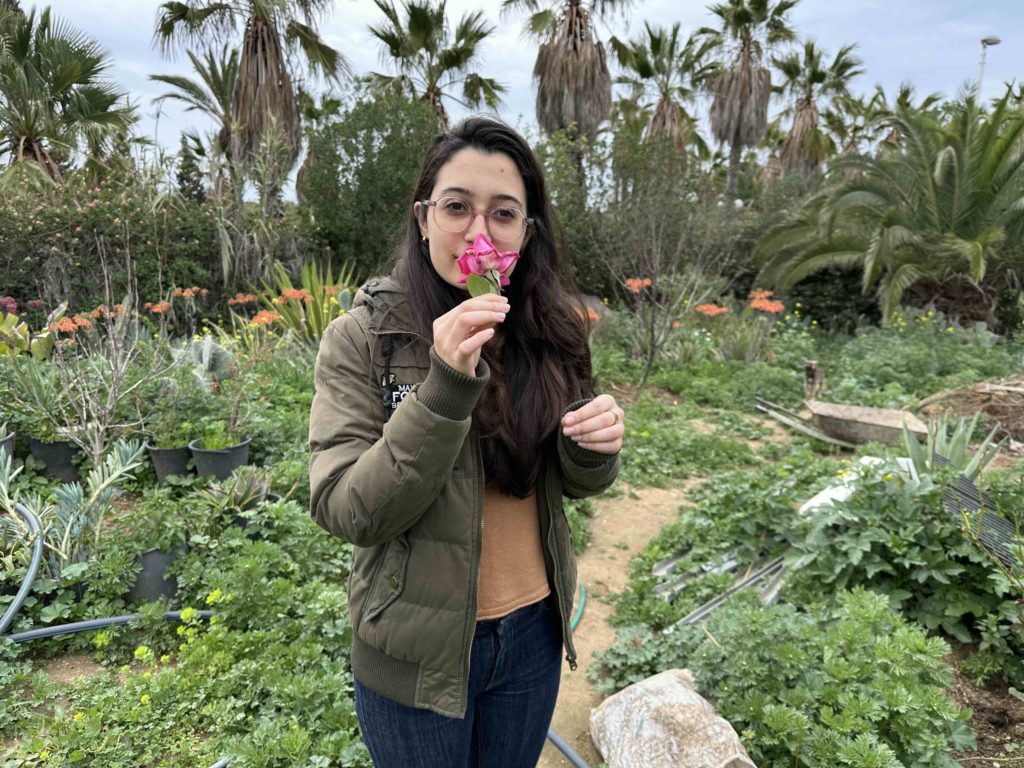
One of a few flowers that Mahmoud gave Samar on our visit.
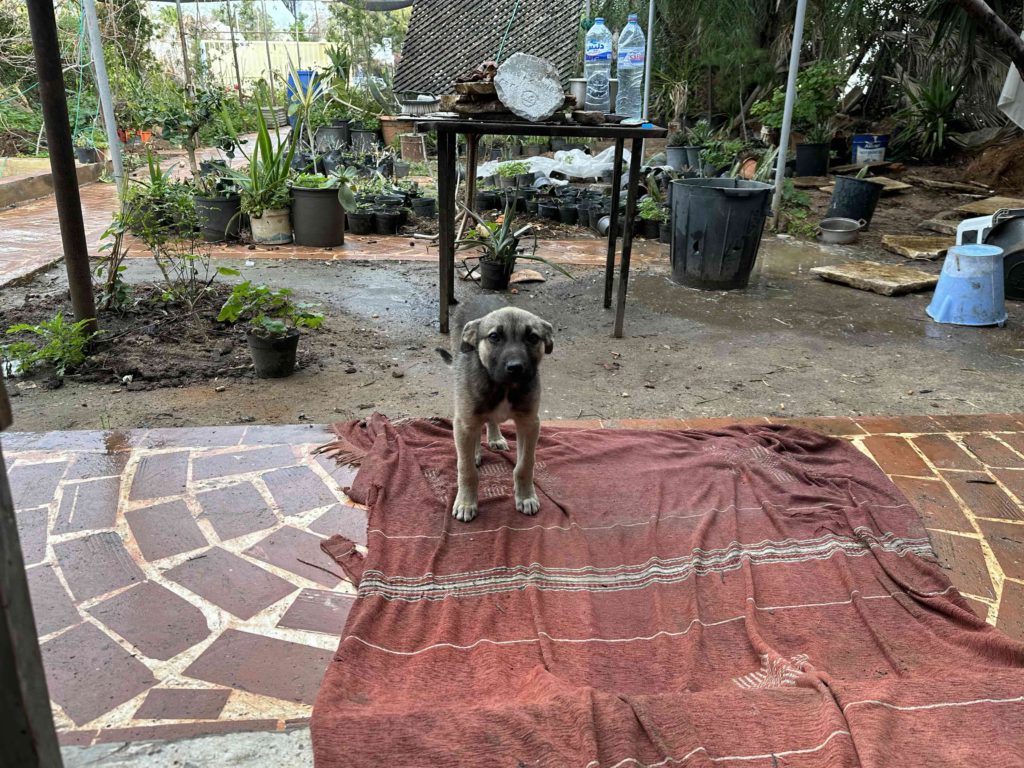
A young dog from a small family of dogs that live at the nursery.
The purpose of his work
Before leaving, Mahmoud gave me a hollow, dried pumpkin that he had converted into an artistic art piece, and seeds for Samar and I (with instructions) so that we could grow our own pumpkins.
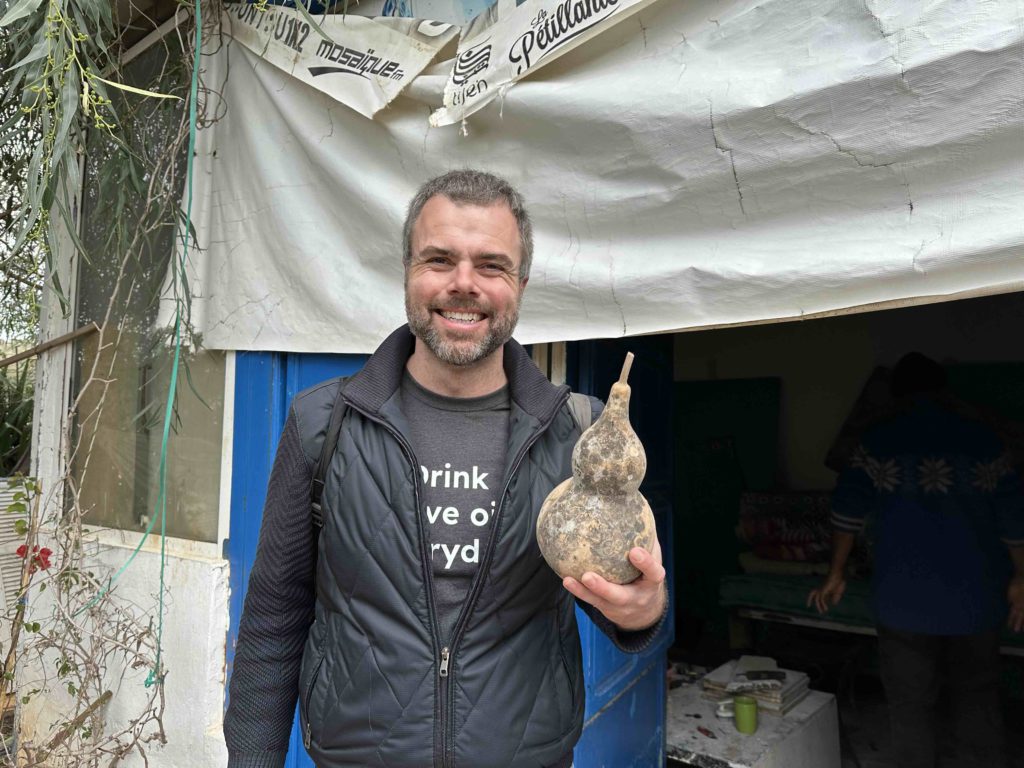
A pumpkin artwork piece that Mahmoud had created and gave to me as a gift.
Specializing in sculpting, mathematical formulas, botany, and more, Mahmoud is a polymath.
As a result of creating so many pieces, Mahmoud, at this point, was low on supplies, having only one sculpting tool left to continue his craft.
“If he studied abroad he’d have more opportunities.” Samar said, translating more of Mahmoud’s words.

Mahmoud showing the only functional sculpting tool he had left.
Mahmoud shared that he creates the sculpted mathematical pieces because he wants to preserve their knowledge longer. And of passing on his own knowledge, he said, “And maybe one day I can have the opportunity to teach people what it is I’m doing.”
“He loves learning. He loves learning something new. The things he’s creating he’s very fond of.” Samar said translating Mahmoud.

In April, I’m scheduled to be in Spain. My plan is to acquire a set of sculpting tools and bring them to Mahmoud this spring so that he can continue his craft: Sculpting Arabic mathematical formulas from his flower nursery in Sidi Bou Saïd, Tunisia.

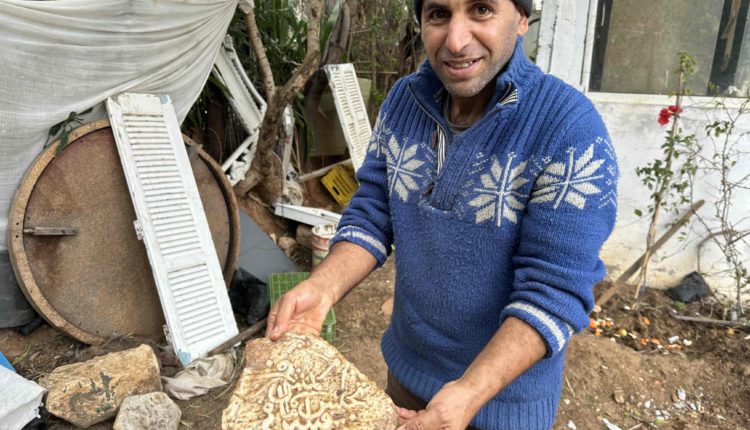

Comments are closed, but trackbacks and pingbacks are open.